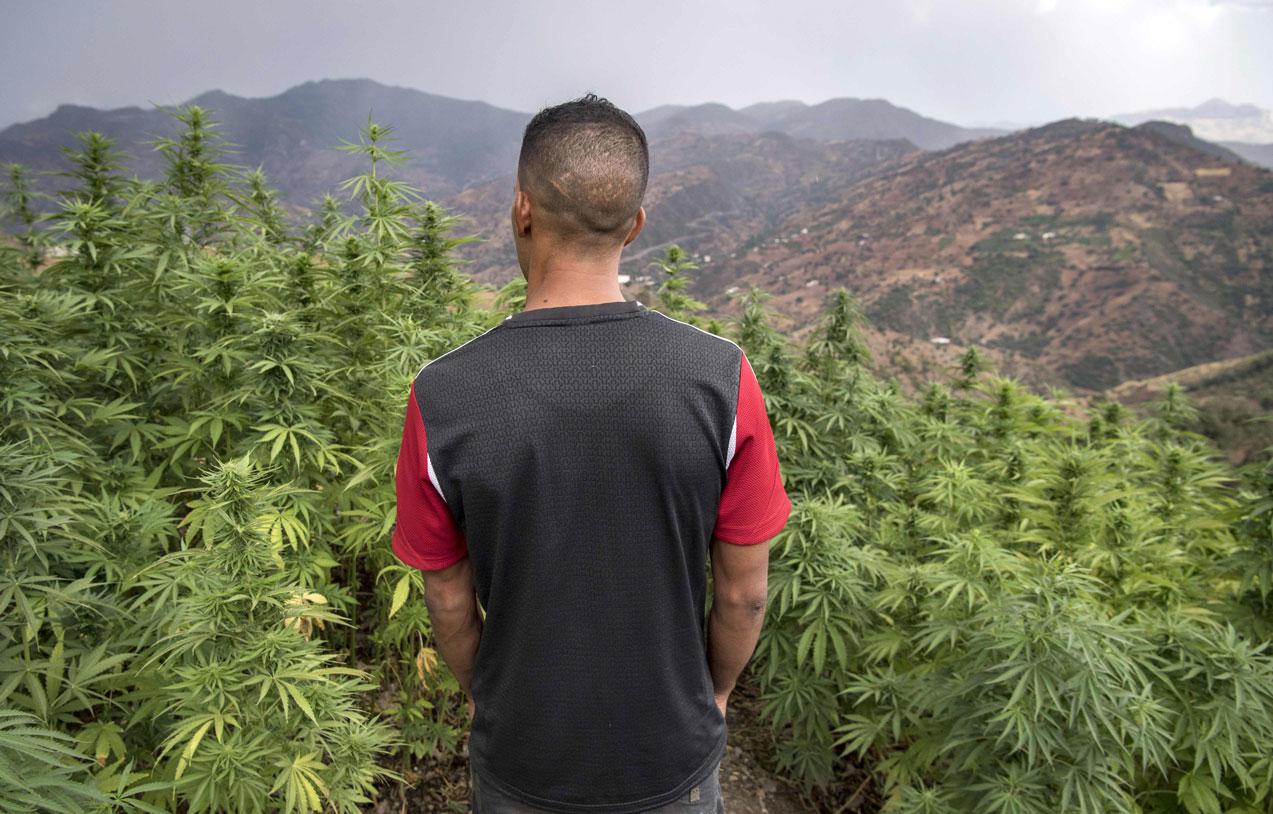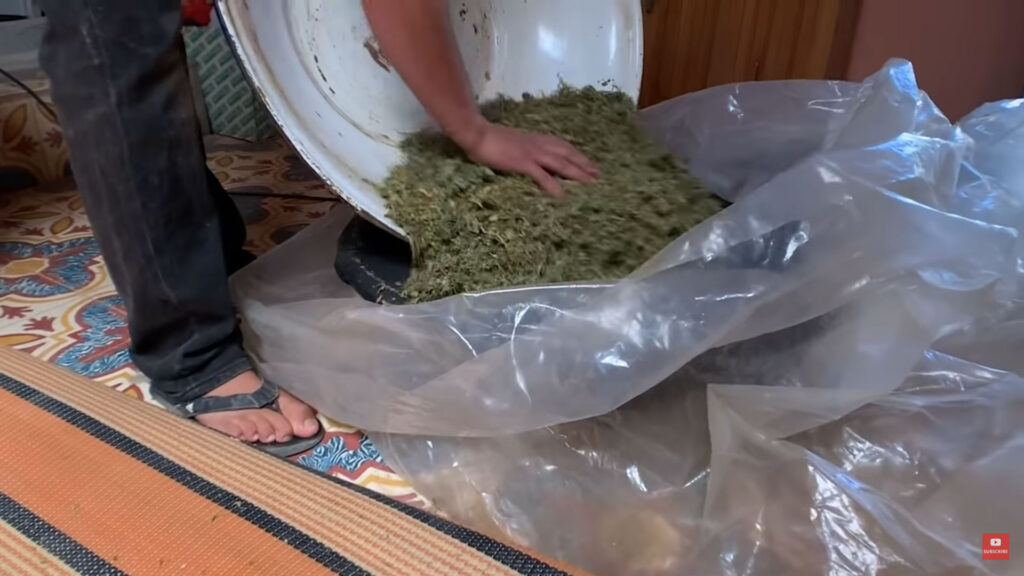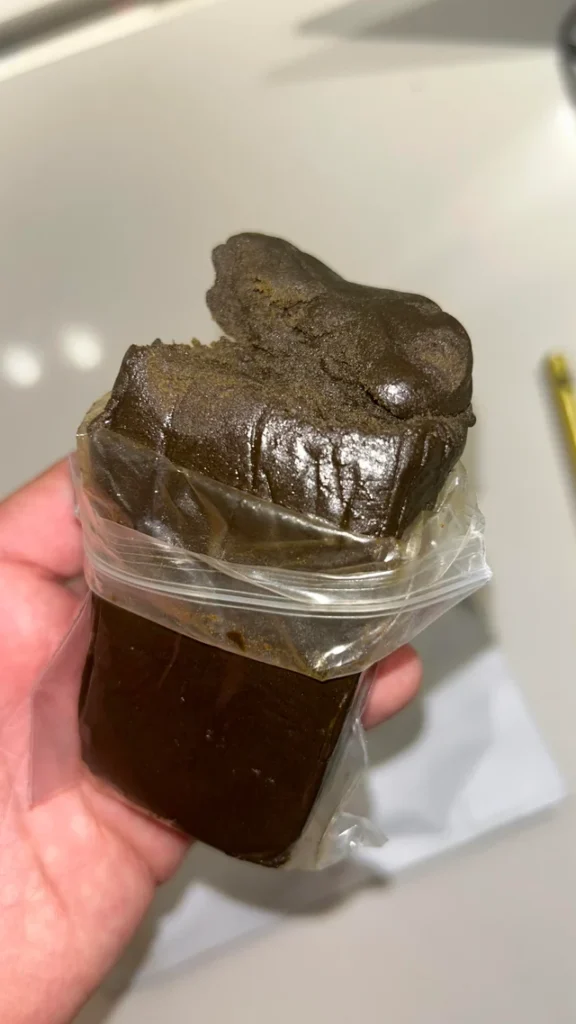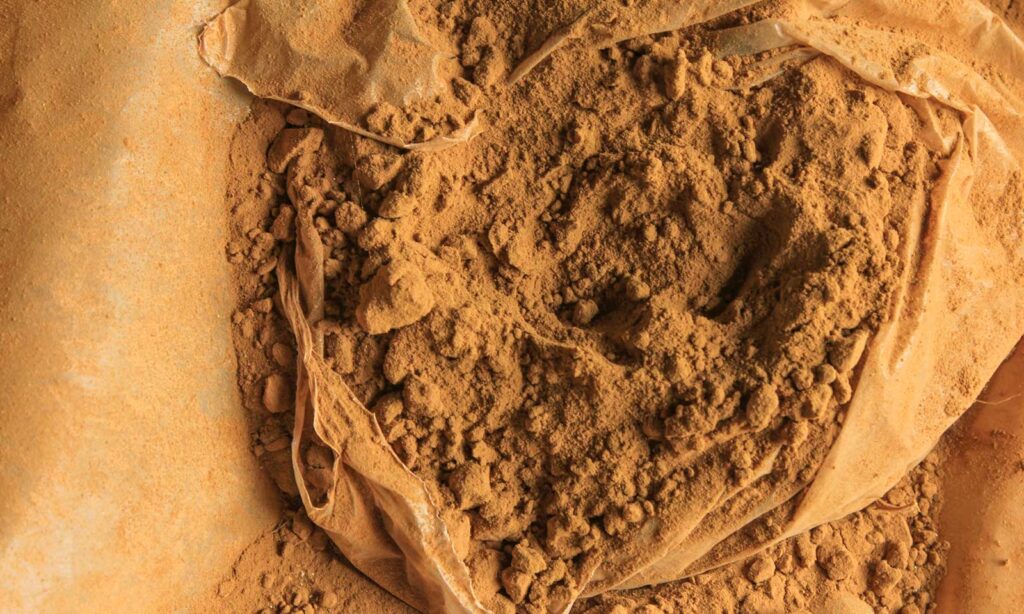Morocco, a country known for its vibrant culture and stunning landscapes, has also gained international recognition for its centuries-old production of hashish, commonly known as kif. However, it was not until the 1970s that Morocco became synonymous with this infamous substance. Today, it is estimated that Morocco produces a significant portion of the world’s hashish, supplying the majority of Europe’s demand. While this article does not condone illegal activities, it aims to shed light on the complex issues surrounding hashish and kif in Morocco.
Historically, much of the cannabis produced in Morocco was consumed domestically as kif, a mixture of tobacco and chopped pieces of marijuana. It wasn’t until the influx of foreign “hippies” in the late 20th century that the country’s hashish production gained global attention. This demand fueled the growth of Morocco’s hashish industry, transforming it into a major player on the international market.
The heart of Morocco’s cannabis production lies in the Rif Mountains, stretching from the Mediterranean Sea to the port city of Tangier. This region, traditionally inhabited by Berber tribes, has long been marginalized and economically disadvantaged. The cultivation of cannabis provides a vital source of income for the impoverished communities in the Rif Mountains. Despite government efforts to eradicate the illegal drug industry, the economic significance of cannabis has made it difficult to completely shut down.
In recent years, Morocco has taken steps to regulate cannabis production for medicinal, cosmetic, and industrial purposes. The Moroccan Parliament has adopted laws to support the legal cultivation of cannabis by farmers organized into cooperatives in specific mountain areas. This approach aims to improve farmers’ incomes and protect them from the control of drug traffickers who exploit the illegal trade with Europe. It’s important to note that this change in legislation does not permit recreational use of cannabis.
The high demand for the quality cannabis produced in Morocco has contributed to the growth of this multi-million dollar industry. Hashish is widely regarded as one of Morocco’s most profitable exports. However, the shadows of illegal activities and criminal elements loom over these mountainous regions. The profitability of the industry attracts various actors, creating a complex web of interests that surround the production and distribution of hashish.
While Morocco’s association with hashish may be well-known, it is crucial for travelers to be informed about the legal and cultural implications of engaging with this substance. Respect for local laws and cultural sensitivities is paramount when visiting Morocco. Understanding the socio-economic context and the ongoing efforts to regulate cannabis production allows for a more nuanced perspective on this controversial topic.
Morocco’s relationship with hashish is multifaceted, intertwined with economic realities, cultural traditions, and international demand. As the country navigates the complexities of this industry, it is essential to approach the subject with knowledge, sensitivity, and a commitment to responsible travel.













